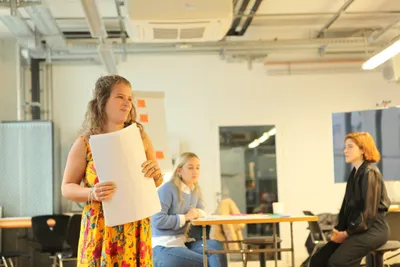Radical collaboration : HfG's workshop, 21-25 November 2022, Schwäbisch Gmünd (GE)
New workshop, new rules.
At HfG Schwäbisch Gmünd, Marc Guntow, Ludwig Kannicht, and Florian Geiselhart introduced a new working format in the form of three simultaneous workshops, each focusing on specific organizations and subjects. These workshops were conducted during the International Workshops Week at HfG, providing a valuable opportunity to share the outcomes with a large audience during the final presentation at the end of the week. The entire school transformed into a museum, with workshop exhibitions displayed in various rooms.
Lets Kill zoom calls
Florian revisited the subject we had previously discussed, which involved taking a critical approach to reinventing communication software such as Zoom. We will delve further into this workshop in the following chapter.
Collaborative interaction patterns
Marc suggested exploring the history of the mouse pointer and examining potential contemporary advancements. We will provide further explanation about this workshop in a later section.
Radical collaboration
At Ludwig's suggestion, we embarked on a reflection about the dynamics of collaboration in our workplaces and school teams. We explored the key conditions for effective teamwork, strategies for resolving challenging collaboration situations, and appropriate behaviors towards our teammates. We also considered whether it is advisable to openly share our personal feelings within a professional context. Throughout the project, we maintained a project logbook on our wiki, which is reproduced below.
Radical collaboration
Friederike Bechtel, Sarah Boutiere, Yareny Duriez Urías, Kiara Hassouna, Aileen Hoffmann, Paulina Juárez Badillo Chávez, Katrin Koskela, Eva Liisa Kubinyi, Kristi Laanemäe, Mélissa Lenain, Tobias Raab, Lena Rettich, Lukas Strohhecker, Mary Wang, Katja Weißker, HannahWels, Samantha Zannoni and Emily Zeyer
Day 1
A.M.
At first, the students formed groups of three to four people to discuss their expectations for the workshop week."
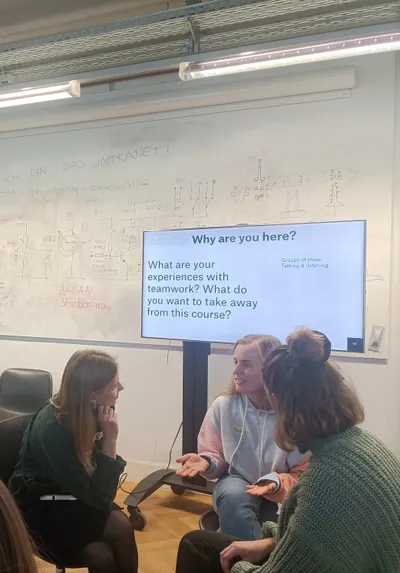
"Why are you here?" They collectively shared their motivations using the popcorn method:
- Exploring the meaning of collaboration and understanding if it differs for each individual.
- Meeting new people and reconnecting with the students they had met in previous DTCC workshops.
- Taking a break from their job and being a full-time student.
- Learning the fundamentals of working together after experiencing challenges or failures in previous team projects.
- Overcoming frustration in teamwork, stop being a people pleaser and finding their place within a team.
- Finding their strengths and valuing them in teamwork.
- Breaking away from the usual teams, embracing different work habits and methods.
- Improving interpersonal interactions.
- Discovering the city.
- Analyzing previous team projects that went only "ok".
- Finding good pretzels.
- Managing tensions within a group to enhance overall team performance.
- Escaping from personal projects for a week.
- Freshening up English skills.
- Overcoming difficulties in working within teams.
- Party!
- Learning how to communicate to avoid frustration, and dividing tasks based on teammates' skills and strengths.
- Creating a cohesive team that goes beyond a mere combination of individual projects.
- Finding a balance between enjoyment and productivity: Too much work is actually less efficiency.
- Focusing on collaboration on itself.
- Tasting some good beers.
- Getting to know a new aspect of oneself.
- Breaking the habit of constantly assuming leadership within a team, reducing personal stress.
- Being more comfortable in a group setting.
- Having a theoretical background on collaboration.
- Preparing for future collaborations with individuals they didn't choose, accommodating different work styles within the school context.
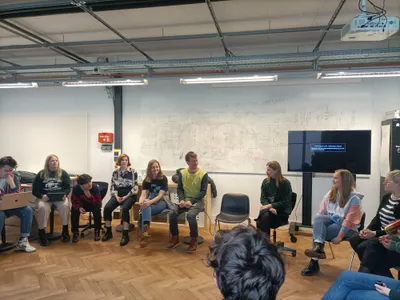
After that, students discussed their experiences with teamwork within small groups, then shared them with the whole group.
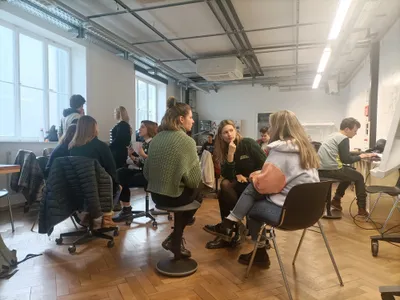
Ludwig has shown a video by Marianne Simmel and Fritz Heider (1944) and asked students to reflect on what they observed first individually and then, back in groups.
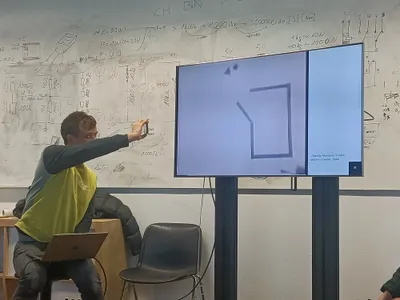
P.M.
The afternoon started with some teambuilding exercices.
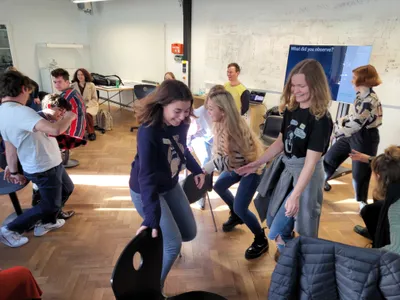
Then, the group discussed what they could present for the exhibition on Friday to empower fellow designers for teamwork. Ludwig asked them to also think of future teammates who hadn't been there. They formed two discussion circles.
At the end of the day, they presented their discussions using the fishbowl method. They arranged a circle of listeners around a smaller circle for speakers. People in the center had a discussion while those on the outer circle listened. If someone from the outer circle wanted to speak, they could join the center circle. If there was no more space in the center, the person who had been speaking the longest would give up their seat. The goal of this exercise was to reach agreement on ideas and create a cohesive plan for the exhibition on Friday.
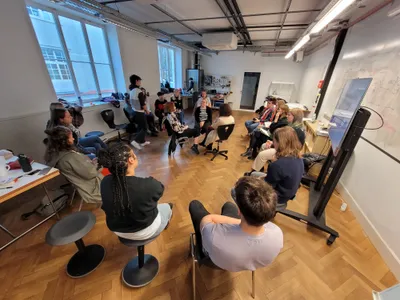
For now, they have agreed to create performances, documentation (to capture what happened), and a printed takeaway publication (such as a poster, booklet, or cards?)
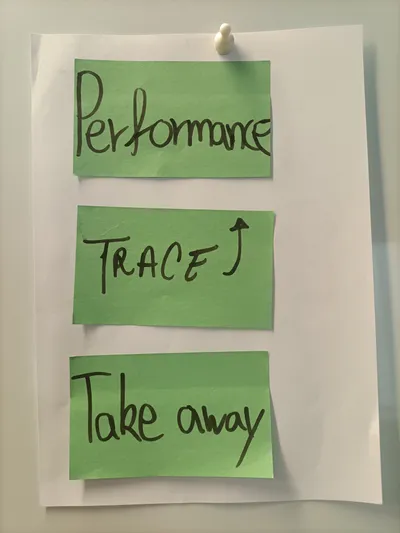
As a conclusion, throughout the day, they experienced working in small teams (3-4 members), medium teams (2 groups), and as a large team (all together). They concluded the journey by collectively reflecting on their own feelings about working in these teams during the day. Additionally, Ludwig asked for feedback from the students, seeking their input on what he should keep, what he should drop, and what he should change to improve his preparation for the next days.
Day 2
A.M.
We started the workshop a bit later this morning due to beginning the day with a guided tour of the school led by Marc. At 10:30, Ludwig announced the schedule for the week and provided students with a template example of an email for soliciting feedback. In fact, yesterday, students suggested requesting 10 to 15 minutes of feedback on their proposals from three to six different people.
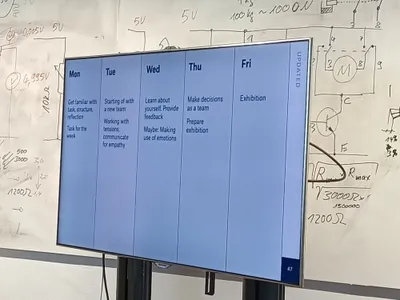
Then, it was time for the initial team building. Ludwig prompted the students to reflect and engage in a collective discussion about their 'origin systems': what values or aspects do they hold dear and would like to see in their new group? What would they prefer to leave behind? Additionally, Ludwig encouraged them to envision elements they never experienced before but would like to initiate. He also requested that they find metaphors to represent their "origin systems".
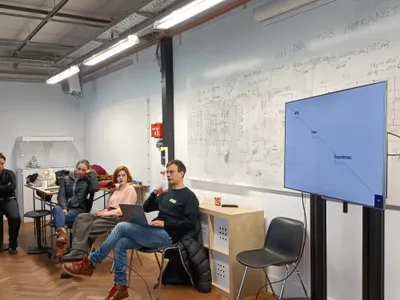
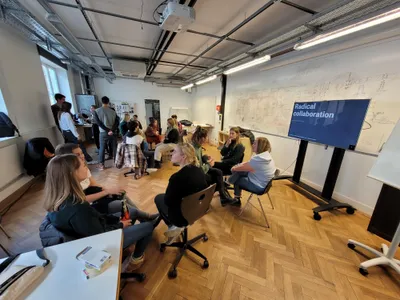
At the end of the morning, the students began working on how they wanted to organize themselves as a team for the exhibition. Using the fish bubble method, they aimed to collectively decide on defining sub-teams to divide tasks.
Initially, they came up with the idea of creating three teams, each responsible for a specific aspect:
- Performance
- Traces
- Take-away
However, they soon realized the need to establish connections between these teams to ensure that all parts merged together as a cohesive project. This sparked a lively debate on the necessary adjacent roles to maintain coherence throughout the separated components of the exhibition project. Additionally, there was a discussion on how to precisely define the teams.
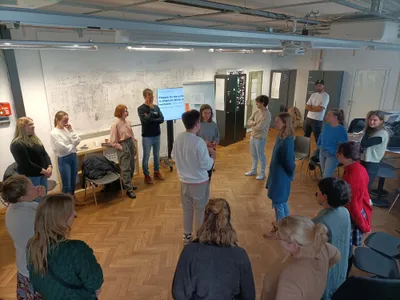
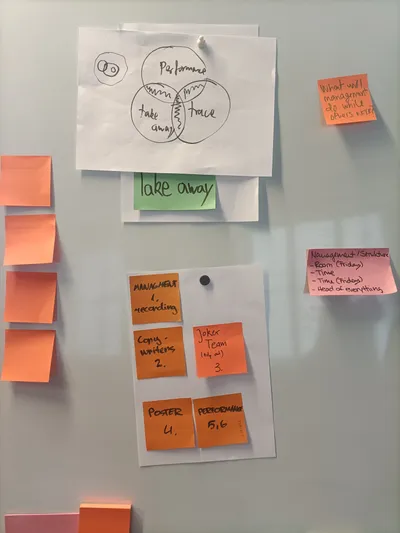
P.M.
The debate initiated in the morning continued at the beginning of the afternoon. They decided to make flexible teams for now.
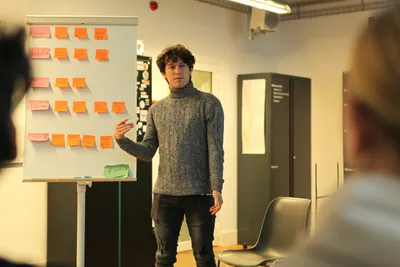
Ludwig then initiated a talk about three forms of power: - power of sovereignty: the given power through hierarchy (top-down, sometimes bottom-up through vote). - power of sense-making: the power given by other members of the team because what someone is saying is making sense to others (bottom-up). This power is mostly relying on charisma. - power of the creator: this power relies on people thinking that a person is a rightful leader, capable of being in charge of a specific project and push-it forward.
Power is not only a matter of "control". It is important to understand these different types of power because power is also a means of influencing a project. Power can help expedite decision-making, but it should not be used to corrupt. An interesting question raised by a student was: should people in power be individuals who do not desire to be leaders to prevent the abuse of power?
After this talk, they made small groups to exchange their experiences of these forms of power. Ludwig asked them to reflect on their strengths and weaknesses in being a leader.
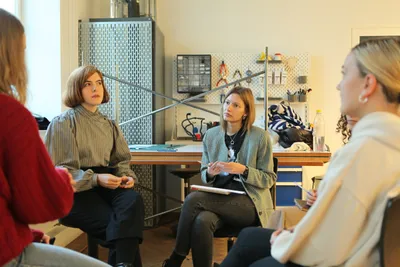
Afterward, Ludwig had a talk about tensions and the need to be able to manage tensions when working in teams:
- sense of tensions
- collect tensions
- address tensions
He made a link between tensions and non-violent communication and criticized the term itself. Communication would always be about information transfer and relationship clarification. A message always come in both layers and is received in both layers. The relationship layer always defines the interpretation of the information. Voice, tone, attitude (non-verbal communication) are sub-messages that impact how the information is transmitted.
What is a complete communication?
- Observation: What is causing tension?
- Feelings: What triggers these feelings in me?
- Need: What is important to me?
- Request: What could bring me closer?
During this process of communication, Ludwig insisted on the importance of following certain rules:
- Be present (in the situation).
- Be authentic (express your true feelings).
- Be empathetic (have a good understanding of your point of view but also seek to understand the situation your interlocutor is in).
This slide moment was then followed by a role play.
Day 3: A special day with introspective work on participants
How did you feel on that day? How did these exercises develop a sense of group and collaboration? Can you share your experience, if you wish, in a few lines?
Day 4
A.M.
This morning, the workshop started with a little game to wake everybody up after last night's mulled-wine party at school. Then, Ludwig gave a presentation about "How to: critical feedback." To explain the value square concept in a more interactive way, he asked students to:
- Provide positive feedback to one another.
- Share a value they see in someone and its counterpart.
- Devalue someone's value (e.g., a flexible person => you are chaotic) to illustrate overcompensation, which can be a source of conflicts.
This lecture was supposed to be followed by an activity where students could experiment with giving and receiving feedback. However, due to a lack of time, they held a vote and decided to skip this activity in order to have more time to work on Friday's exhibition. Before returning to their exhibition teams, they did a quick activity to share the feedback they received yesterday.
P.M.
The afternoon was dedicated to project work, with students divided into teams working on a poster, a performance, and its script. One of the students was assigned the role of coordinating between the teams.
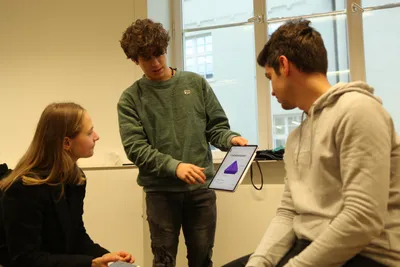


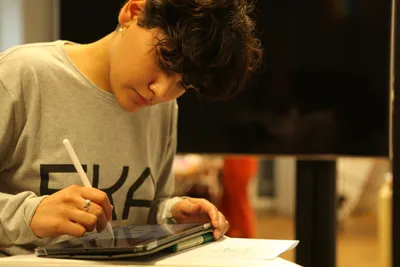
Final presentation
The performance took place three times on the final day, which was dedicated to the presentation of all the workshops conducted throughout the week. It was accompanied by a poster that served as a take-away, containing the key reflections and insights generated by the students during the workshop
The performance titled "Why are you here?" was a participative play that depicted a conflictual collaboration situation. The audience was actively engaged throughout the performance and was regularly invited to make choices on how to react to the unfolding situation. These decisions directly influenced the course of the collaboration.
The performance drew inspiration from forum theater, a technique developed by Brazilian theater director Augusto Boal as part of the Theater of the Oppressed (TO) methodology. However, the students chose to structure their performance as a multiple-choice experience, where the possibilities were somewhat constrained, rather than a completely open-ended play allowing for spontaneous action from the spect-actors.
